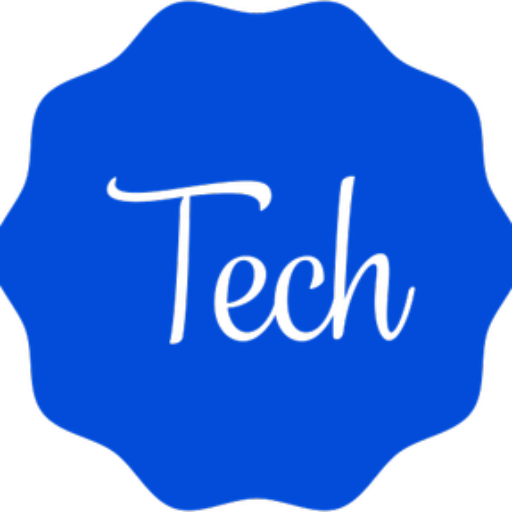IoT: Bridging the Digital and Physical Worlds Our current technological revolution is characterized by the Internet of Things (IoT). Intelligent decision-making, improved user experiences, and unprecedented operational efficiencies are possible thanks to IoT’s digital integration of the physical world.
Understanding IoT: More than Just “Things”
At its core, the IoT is a network of interconnected devices that collect, send, and receive data. These “things” range from everyday household objects like refrigerators and thermostats to complex industrial tools. What makes these devices part of the IoT is their capability to connect to the internet, thus transforming them from passive objects into active data contributors.
Evolution of IoT: From Concept to Reality
The concept of connected devices is not new. IoT has recently become a real-world application as a result of a convergence of several factors:
- Advancements in Sensor Technology: Miniaturized sensors have become more affordable, enabling widespread adoption.
- Improved Connectivity: With 5G and other high-speed communication channels, real-time data transfer is possible.
- Cloud Computing: The ability to store and process vast amounts of data in the cloud has facilitated the IoT ecosystem’s growth.
Real-World IoT Applications
Across industries and daily life, the IoT is making a mark:
- Smart Homes: Devices like smart thermostats, lights, and security cameras provide homeowners with enhanced comfort, energy efficiency, and safety.
- Healthcare: Wearables track vital statistics, while connected medical devices facilitate remote monitoring and diagnosis.
- Agriculture: IoT-driven intelligent farming techniques help in predicting disease, optimizing water use, and increasing crop yields.
- Manufacturing: Real-time equipment monitoring and predictive maintenance reduce downtimes and ensure optimal production. worldbusinessplace.
The Power of Data in IoT
One of the primary assets of the IoT is the vast amount of data it generates. By analyzing this data,
- Insights are Derived: Patterns and trends become evident, offering actionable insights for businesses.
- Predictions are Made: Advanced analytics and AI can predict equipment failures, traffic patterns, or consumer behavior.
Concerns and challenges
While IoT offers numerous advantages, it also brings challenges.
- Security: As devices become connected, they present potential entry points for cyberattacks.
- Privacy: Collecting vast amounts of personal data raises significant privacy concerns.
- Interoperability: The sheer variety of devices and platforms demands standardized protocols to ensure seamless integration.
The future of IoT
As we move forward, we can expect:
- Integration with AI: Devices will become smarter, learning user preferences and habits for better personalization.
- Greater Societal Impact: IoT will be pivotal in addressing societal challenges, from urban planning to environmental conservation.
In conclusion,
IoT goes beyond buzzwords and tech trends. Taking place at a juncture where the physical and digital worlds merge seamlessly represents the next phase in our digital evolution. We will only see IoT’s impact on our lives and businesses grow as technology advances and integration becomes more profound. In the future, tangibles and intangibles will be almost indistinguishable.





